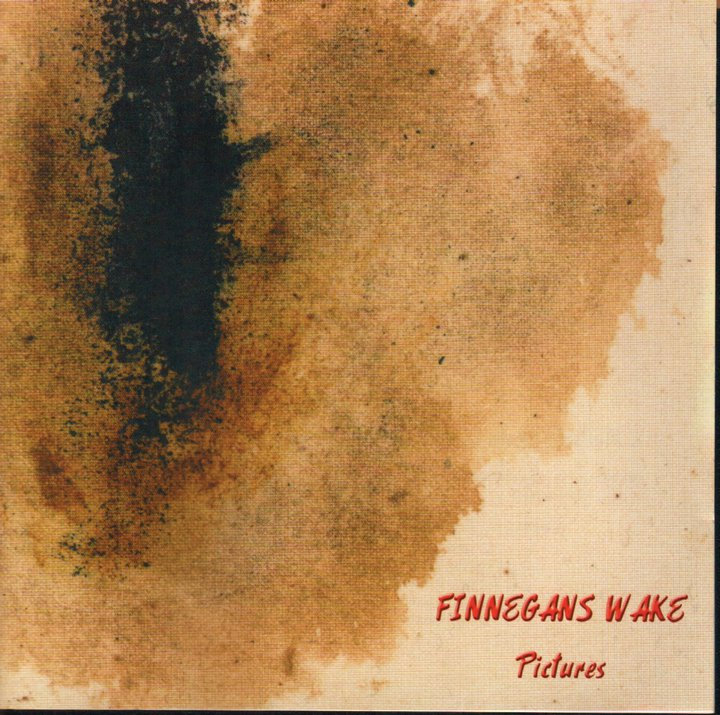
At this time, he also began writing lyric poems.Īfter graduation in 1902, the twenty-year-old Joyce went to Paris, where he worked as a journalist, as a teacher, and in other occupations under difficult financial conditions. Joyce published first an essay on When We Dead Awaken, play of Heinrich Ibsen, in the Fortnightly Review in 1900. In 1898, he entered the University College, Dublin. Jesuits at Clongowes Wood college, Clane, and then Belvedere college in Dublin educated Joyce from the age of six years he graduated in 1897. In spite of poverty, the family struggled to maintain a solid middle-class façade. The Roman Catholic Church dominated life of Mary Jane Murray, an accomplished pianist and his mother. John Stanislaus Joyce, an impoverished gentleman and father of James Joyce, nine younger surviving siblings, and two other siblings who died of typhoid, failed in a distillery business and tried all kinds of other professions, including politics and tax collecting. Technical innovations of Joyce in the art of the novel include an extensive use of interior monologue he used a complex network of symbolic parallels, drawn from the mythology, history, and literature, and he created a unique language of invented words, puns, and allusions. People note this novelist for his experimental use of language in these works. Dazzlingly inventive, with passages of great lyrical beauty and humour, Finnegans Wake remains one of the most remarkable works of the twentieth century.A profound influence of literary innovations of Irish writer James Augustine Aloysius Joyce on modern fiction includes his works, Ulysses (1922) and Finnegans Wake (1939). Joyce undermines traditional storytelling and all official forms of English and confronts the different kinds of betrayal - cultural, political and sexual - that he saw at the heart of Irish history. Supreme linguistic virtuosity conjures up the dark underground worlds of sexuality and dream.

Joyce's final work, Finnegan's Wake is his masterpiece of the night as Ulysses is of the day.

Written in a fantastic dream-language, forged from polyglot puns and portmanteau words, the Wake features some of Joyce's most hilarious the Irish barkeep Humphrey Chimpden Earwicker, Shem the Penman, Shaun the Postman, and Anna Livia Plurabelle. A story with no real beginning or end (it ends in the middle of a sentence and begins in the middle of the same sentence), this "book of Doublends Jined" is as remarkable for its prose as for its circular structure.


 0 kommentar(er)
0 kommentar(er)
